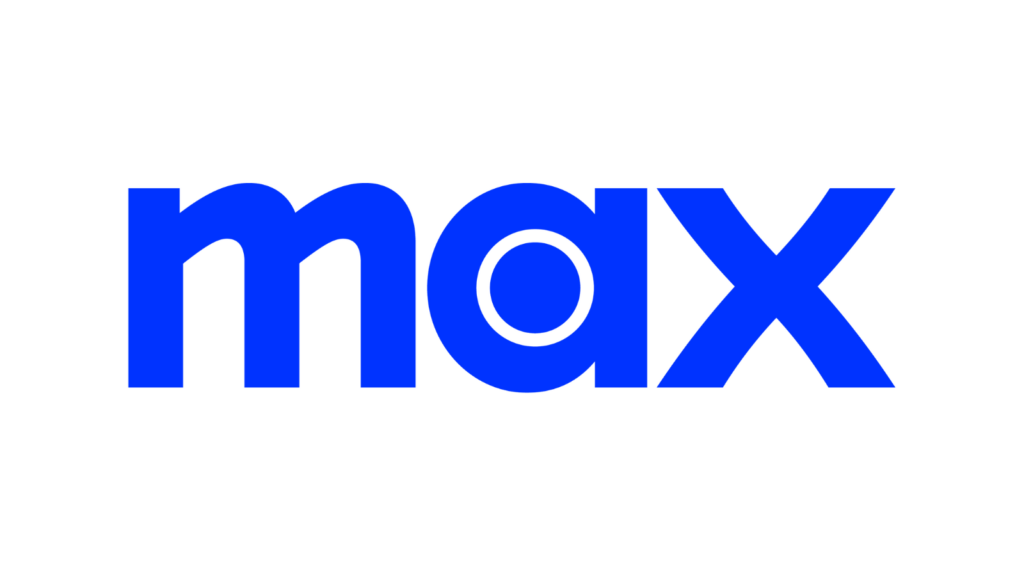Warner Bros. Discovery executives went biz-casual this week (sneakers and all) at a Los Angeles press event to unveil their new “Max” streaming service blending HBO Max and Discovery+ into a significantly retooled app that will launch in the U.S. on May 23.

Prices won’t change for the old HBO Max ad-supported and ad-free tiers that remain $9.99/mo and $15.99/mo, respectively, but WBD has added a $19.99/mo “Max Ultimate” tier that includes up to 4K resolution and four simultaneous streams, 100 offline downloads, and Dolby Atmos audio. Of course, the real story is under the hood, as Discovery streaming chief JB Perrette works to fix “important shortcomings” of both HBO Max and Discovery+ with a new user interface designed to drive engagement, enhance retention, reduce churn, and optimize monetization. Interestingly, he noted that only 25% of HBO Max’s viewing comes from people finding shows beyond those featured on the home screen. For Discovery+, it’s more than half taking that deeper dive. As CEO David Zaslav put it this week, HBO Max attracts subs and Discovery+ keeps them, so the idea is to leverage those respective advantages. “Holding subs is as important as adding subs, and together they pack a really powerful one-two punch,” he said.
Perrette’s list of would-be improvements are long and diverse, including everything from the addition of genre hubs, AI-driven personalization, and deeper curation algorithms to simpler steps like streamlining the sign-up process and expanding payment options to services like Paypal. He suggested WBD has even left money on the table through “involuntary churn” that occurs when, say, a customer’s credit card expires and no one follows up to ask for a new payment method. Rest assured that Max will be reaching out to those customers, he said. Migrating subscribers to the new app could be tricky, however, with Perrette noting that some platforms will require customers to re-download the app while others will automatically update. That could cause some disruptions, but Perrette said existing user settings will transfer over either way. Also on deck are big ad-tech upgrades for Madison Avenue, generating a more targeted experience and “rewarding our customers with one of the lightest ad loads in streaming,” according to Perrette. Execs promised to reveal more during its Upfront on May 17. And gee, that’s only a few days before the Max launch. What a coincidence.
Of course, the elephant in the room remains the elimination of the HBO brand from the new service’s “Max” moniker. That was rumored for months, but now that it’s official, Perrette argued that “HBO is HBO, and it needs to stay that way, which is why we will privilege it in the product experience and also not push it to the breaking point by forcing it to take on the full breadth of this new content proposition.” We’ll let others debate that logic for now, but clearly WBD felt comfortable that the vast combined IP of the two services matters more than an iconic logo, which no doubt will prominently feature within Max’s UI.
Next? According to WBD’s press release this week, Max “celebrates the different moods, fandoms and genres that represent Max viewers” even though those viewers and their moods won’t exist yet until next month when they dig into the new UI. But we assume WBD’s celebration will shift gears as it collects data to see how “House Hunters” and “House of the Dragon” can co
-exist peacefully within the Max-verse. It’s no surprise that trusted HBO and Max chief Casey Bloys has taken over all Max originals, including shows developed through Discovery+, although perhaps a bit odd to watch him hype “Game of Thrones”- and “Harry Potter”-themed series and then pivot to renovation reality shows. Then again, it’s a glimpse at how WBD’s intellectual property will not only spur big worlds like the recently rebooted DC Universe but also drive its non-fiction development, as WBD Chief Content Officer Kathleen Finch showcased a Barbie-themed reality show timed to drop with WBD’s “Barbie” theatrical movie due out on July 21.
Meanwhile, WBD’s decision to refashion the seven Harry Potter books into a 10-year-long Max original series rather than reboot them as new theatrical movies suggests execs see IP as an anchor that can reduce streaming churn for the long term. Finch also announced a “Gremlins” Max series based on the 1980s movie franchise, although more geared toward kids (Recall that WBD owns Looney Tunes and Hanna-Barbera IP). Expect more synergistic cross-pollination, with franchises ranging from GOT to “The Last of Us” offering significant potential to create endless IP rabbit holes of spinoffs and reboots that will keep giving and giving. Then there’s the classic library. Would WBD reboot its classic “Casablanca” into a movie remake or re-imagined series? Probably not, but why not a streaming series based on Dooley Wilson’s “Sam” character and geared for a more modern audience? Play it again, Max.
The next few weeks will be crucial. In addition to closely monitoring the Upfronts and the subsequent May 23 Max launch, we’ll also be collecting new audit data on both the ad-supported and ad-free tiers of Max through our StreamTRAK® video intelligence service. That data will reveal more about ad loads and original content strategy. WBD hasn’t set a Q1 earnings call date yet, but it reported Q4 earnings on February 23, so we expect the company’s Q1 report to hit in late May right around the Max launch date. Zaslav also teased more details around news and sports enhancements that could further entice advertisers. On the subscriber side, it remains unclear whether WBD will break out the Max numbers separately from Discovery+, but we’ll have to wait until Q2 earnings this summer to find out. It currently combines HBO Max and Discovery+ into one sub number. In the meantime, it’s all about the flashy presentations, and we expect WBD’s Upfront presentation to be a doozy. Then the real work (and reckoning) begins.
